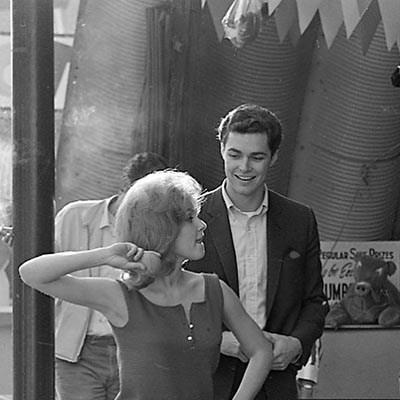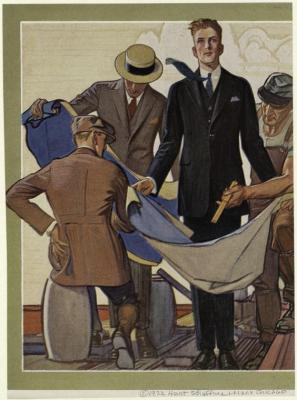 When browsing through fashion publications, watching fashion videos and going through stores, one will often hear words like "vintage" or "retro" to describe items of clothing and accessories. However, to many people, it is not entirely clear what these terms mean. And that is for quite a good reason, since the definitions or understandings of these words often overlap. Moreover, the terms' widespread use has made them quite general, which makes it even harder to reach a consensus.
When browsing through fashion publications, watching fashion videos and going through stores, one will often hear words like "vintage" or "retro" to describe items of clothing and accessories. However, to many people, it is not entirely clear what these terms mean. And that is for quite a good reason, since the definitions or understandings of these words often overlap. Moreover, the terms' widespread use has made them quite general, which makes it even harder to reach a consensus.
Different dictionaries have different definitions of the words "vintage" and "retro," and some don't actually touch on the way these are applied to fashion (for example, "vintage" is mostly tied to winemaking and a derivate of the French "vendange").
However, if we are to sum up what is being written about these terms, there are a few conclusions we may be able to draw.

Retro is even more complicated than vintage. Basically, retro, if we were to be very clear, describes a new item made in the aesthetic of another period of time. For example, you could say "a retro shirt with a 1950s vibe", which would describe a contemporary shirt made in the style of the 1950s. This being said, "retro" can also describe an item that is old, but not extremely old (for example from the 1980s) - here overlapping a little bit with "vintage", and it can also describe a particular era. For example, one could say it's "1970s retro".
Today, trends are becoming increasingly slower, which means that the definition of "vintage" (and maybe retro, too), will have to adapt. If they don't officially adapt, they will most likely adapt in everyday conversations. The idea that trends are slow basically means that things don't look different from one decade to another. If you think about it, fashion and hairstyles from 2002 can still look very modern today, even though they were made almost 20 years ago. If you compared 1900s fashions with those of the 1970s, the differences would have been a lot clearer.
In short, what can be said when it comes to the words "vintage", "retro" and "antique" is that we need to understand that these terms are quite flexible and thus, we should allow some leeway for their meaning when we describe accessories or items of clothing.
Fraquoh and Franchomme
Further reading:
Trends today are very slow. What does it mean? What is the difference between vintage and second hand? Why and how you should wear vintage ties? The guide to vintage clothes. Part 2: Why should you buy vintage?P.S. We want to hear from you! Do you like wearing "old" clothes? Do you prefer vintage or retro? Why? Share your feedback, questions or thoughts in the comments below! For more articles on style, fashion tips and cultural insights, you can subscribe to Attire Club via e-mail or follow us on Facebook, Twitter or Instagram!

